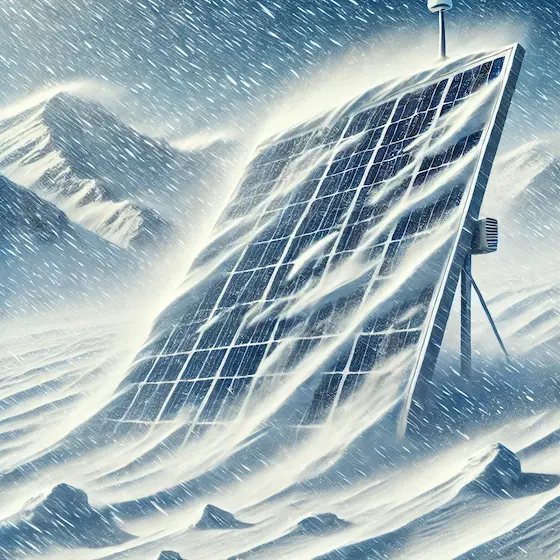Longer nuclear lifetime and solar expansion, along with moderate demand growth, result in moderate imports and a high summer surplus
Nuclear extension buys time
With prolonged nuclear life limited solar additions are sufficient to cover demand growth
Run existing nuclear longer
Life of nuclear plants is extended to 65 (Beznau), resp. 80 years (Gösgen and Leibstadt)
Moderate PV additions sufficient
Solar additions of a bit less than 1 GW per year, mostly rooftop
Demand growth limited
Limited demand growth as efficiency gains in conventional demand partly balancing electromobility and heat pump increase
Low system costs
Assumed efficiency gains, prolonged nuclear life and relatively little solar build-out keep system costs low
Energy Mix Winter
Production
Demand
Production
2025
Total generation 32.7 TWh
2050
Total generation 40.9 TWh
Demand
2025
Total demand 36.2 TWh
2050
Total demand 42.6 TWh
2050 Winter
Transition Winter
The energy mix as we transition to 2050
Demand
Import
Import atget exceeded
PV
Hydro
Biomass
Nuclear
Fossil
2025 Winter
TWh
Demand
36.2
Generation
32.7
Deficit
--
Import 3.5
Import
3.5
Import atget exceeded
--
Generation
32.7
Storage reserve used
--
PV 3
PV Roof
2.5
PV Alpine
0.5
PV Ground
--
Wind
0.1
Hydro 15.1
Run-of-River
6.4
Storage
8.7
Biomass 2
Biomass
2
CCS Biomass
--
Gas --
Market-Gas
--
Reserve gas power plants
--
Geothermal
--
Nuclear 12.2
Nuclear
12.2
New nuclear
--
Fossil 0.3
Existing fossil fuel power plants
0.3
CCS Fossil Fuels
--
Hard coal
--
Challenges
Public opinion
Public opinion needs to accept longer nuclear life (smaller challenge than building new plants)
Transition in part only postponed
After 2050 the existing nuclear plants will reach their end of life and must be replaced
How Resilient Is This Scenario? Put It to the Test!
The scenario above assumes normal weather and stable energy imports, but what happens when extreme conditions hit? A harsh winter or import limitations from the EU could impact production, increase demand, and even lead to power shortages. Stress-test your scenario under these challenging conditions and see how it holds up in the face of real-world uncertainties.

Costs
Total Costs, Revenues and Subsidies in CHF until 2050.
Total production costs
232 billion
Accumulated until 2050
Revenues
211 billion
Assuming an average power price of 75 CHF/MWn
Subsidies required
36 billion
Remaining costs not covered by revenues
Average cost
8.3 billion / year
The annual average of the total cost, 8.3 bn CHF per year, is less than 2% of the (estimated) Swiss GDP in 2024 (825 bn. CHF).
Levelized cost
We use Levelized costs of electricity (LCOE). Future costs may rise as cheaper plants are replaced. High demand and costly technologies like rooftop PV can further increase costs. See Expert Mode for details on technology costs.
2020s
2030s
2040s
Levelized cost (LCOE) ⌀ CHF/MWh
About the scenario developer

economiesuisse
Economiesuisse is the Swiss business federation that advocates for policies promoting economic growth. On energy issues, it supports a balanced approach, encouraging both the use of renewable energy and the maintenance of a competitive economy.
Want to know more about this scenario?
Explore detailed energy data, customize generation parameters, and create your own energy
scenario with the expert mode
Show in expert mode We want your feedback!
We’re excited to be taking Power Switcher in a new direction and would love your feedback! Let us know what’s working and where we can improve, every suggestion helps us make the tool better for you.
Share feedback Got questions about the Power Switcher or the Scenarios?
Contact us on [email protected]
Contact us on [email protected]
Methodology reviewed by ETH Zürich